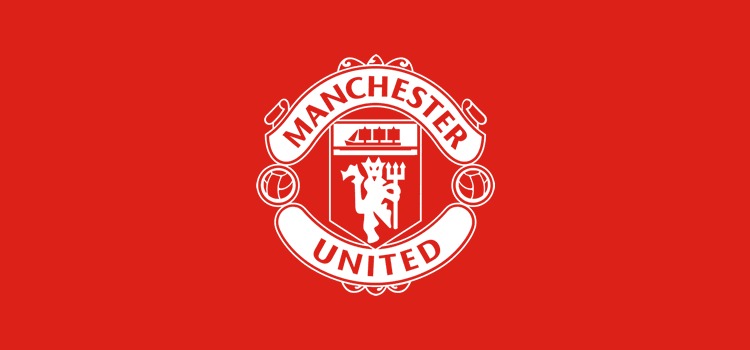If I were to mention ‘Jones the Steam,’ ‘Evans the Song’ or ‘Dai Station,’ I imagine that many of you would scratch your heads and, after the briefest of Google searches (or Fakebook if you don’t really care if the characters are ‘real’ or not) tell me that no such players merited places in football history.
In fact, you would be right, but fictional characters are often based on real people whom the author has known about or perhaps even met. I have never met Phil Jones – unlike many of you and possibly even Bastian – but after much research, I do believe that he too watched ‘Ivor the Engine’ at some point in his ‘career.’
Oliver Postgate’s animated films first appeared on television in 1959. They told the stories of a small green locomotive who lived in the “top left-hand corner of Wales.” Ivor worked for The Merioneth and Llantisilly Railway Traction Company Limited; Jones, Evans and Dai were among the many characters he counted as his friends.
The films were in black and white, obviously, because this was 1959 and that’s how we tell that things are really, really old. After the tragedy of the Munich Air Disaster the previous year, Matt Busby’s new Manchester United team were runners-up that season to Wolves; but, if you really want to appreciate how long ago this all was, Burnley were League Champions the following year – and won nine games away from home in the process (no, really).
Ivor the Engine re-appeared in the 1970s, in colour, though many of us prefer to think about that period in black and white terms when mud was mud, tackles were tackles and before colourful red and yellow cards were introduced for ‘media stars’ simulating being footballers.
Ivor was loved. The lilting, Welsh narration took us all off into another world just as roads west of Herefordshire, Shropshire and Cheshire still do to this day.
Phil Jones was born in Preston and, of course, started his career in Blackburn. Phil thought he was invincible – just as members of that Preston team were in the very first season of the Football League in 1888-89 (this is so far back that we are now looking at history through a sepia lens (though the unmistakeable sense of resilience in the heat of battle still shines through their faded glory).
Phil knew all of this because he once read the back of a cigarette card in the corner of the playground where he used to hide his comb and mirror. He wanted to be like them in every way – victorious and loved – and it all started off OK with, to be fair, a lot of people fooled.
Alex Ferguson (who was respected but never quite adored like Matt, which is why he increasingly sought solace in red wine rather than red shirts) once declared that Phil ‘could be Manchester United’s best ever player,’ before, purple nose to the fore, bursting into one of Evans’s upbeat songs about Lassies from Lancashire …
Jones showed that he could be a ‘jack of all trades’ but only really a master of self-promotion; and the rest is history. He really was truly loved – mainly by opposition supporters at Benfica and Newcastle for the goals he scored for them and for football fans everywhere as his inevitably poor positioning, badly-timed tackles (known as ‘Scholes the Shocking’) and back and knee injuries which made him a favourite impatient in-patient in hospitals across the land and a regular in the top left-hand corner of his preferred treatment room in Manchester. Sorted.
Last year, Phil wanted to show that he was more than ‘just’ a footballer. On the anniversary of that dreadful day in Munich he sent out a tweet featuring his very own ‘PJ4’ logo and links to all of his own social media streams; and, get this, there were more than two million people who wanted to follow in his footsteps. Now, that’s what you (and he) could call ‘Glory!’
Phil did have a bit of a crisis of confidence just before Christmas in 2011 though. It wasn’t that recurring nightmare that he would either not be getting any presents (he still can’t talk about that period in his life) or another ‘pretend’ hand grenade from somebody called Keane; it was a facial injury he received in a game against Fulham. What upset Phil most about the whole sad incident was that nobody could tell the difference between the before and after.
As if all of this wasn’t enough, Phil now has a toe injury – allegedly caused by best mate Chris the Cumbersome. The relief of the nation and Gareth Southgate who ‘respectfully sent him back to his club’ from the England training camp (what does that really mean – respectfully – was it third-class, to sign for?) that only five toes were discovered on the one foot, turned to sadness when it became apparent that Phil could be out for some time.
Phil has made so many of us happy, trundling along with a facial expression that could only have been formed from being hit by a passing railway engine. When you stop to think about it, the Mourinho and Thatisilly Railway Traction Company Limited, once of Newton Heath, might be in good hands; at least until its engines break down again. Or is this just pure fiction?
